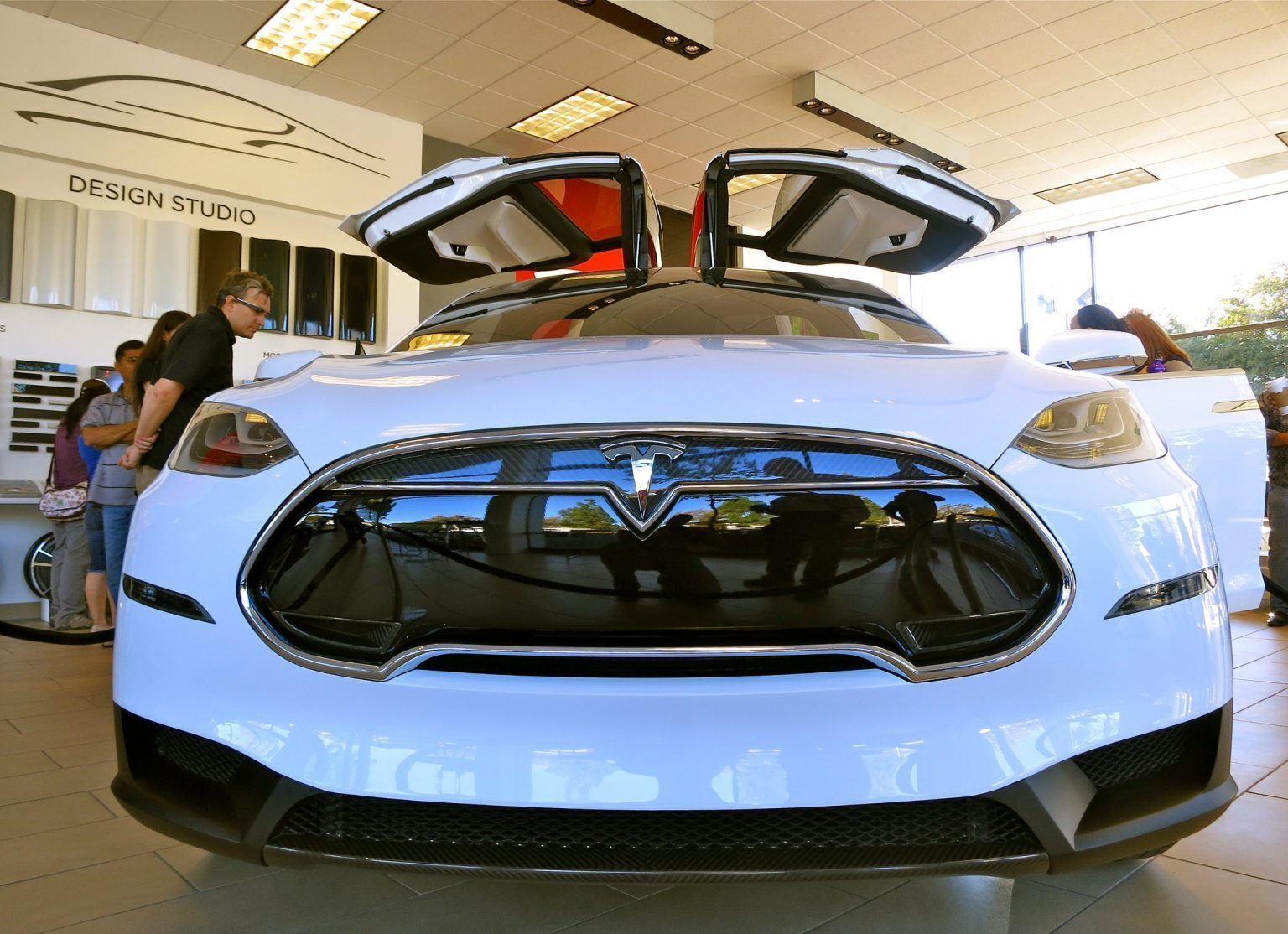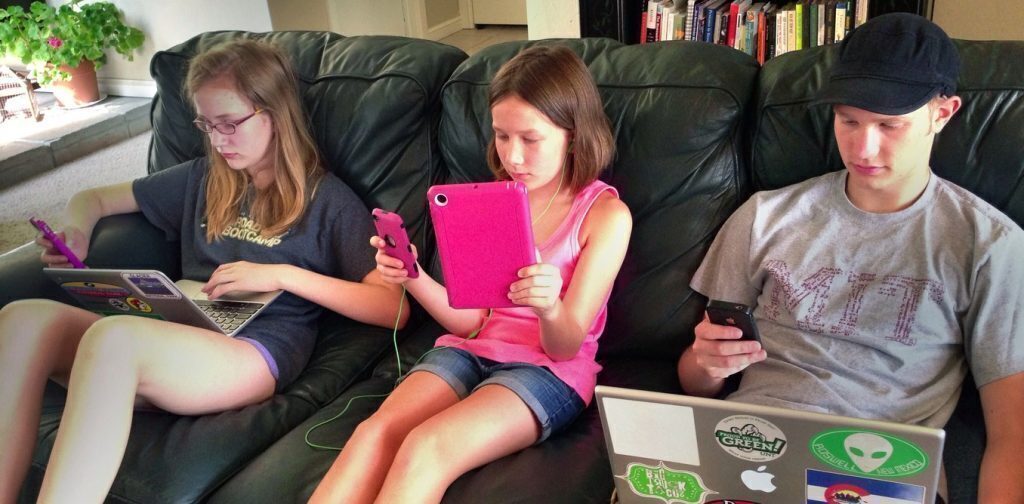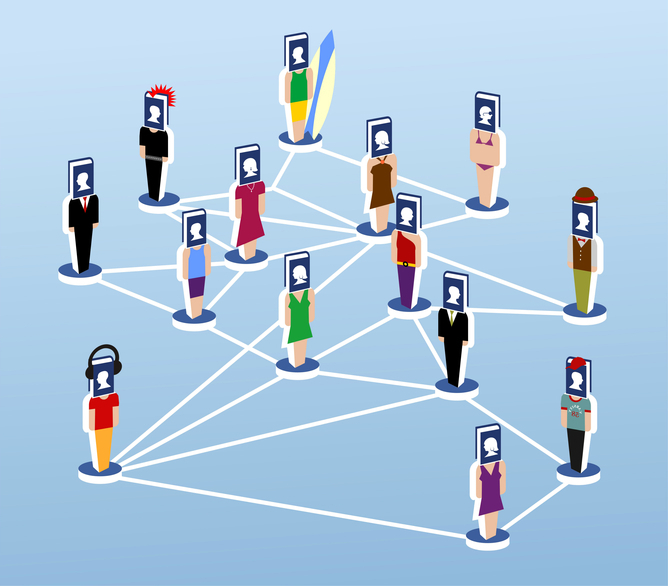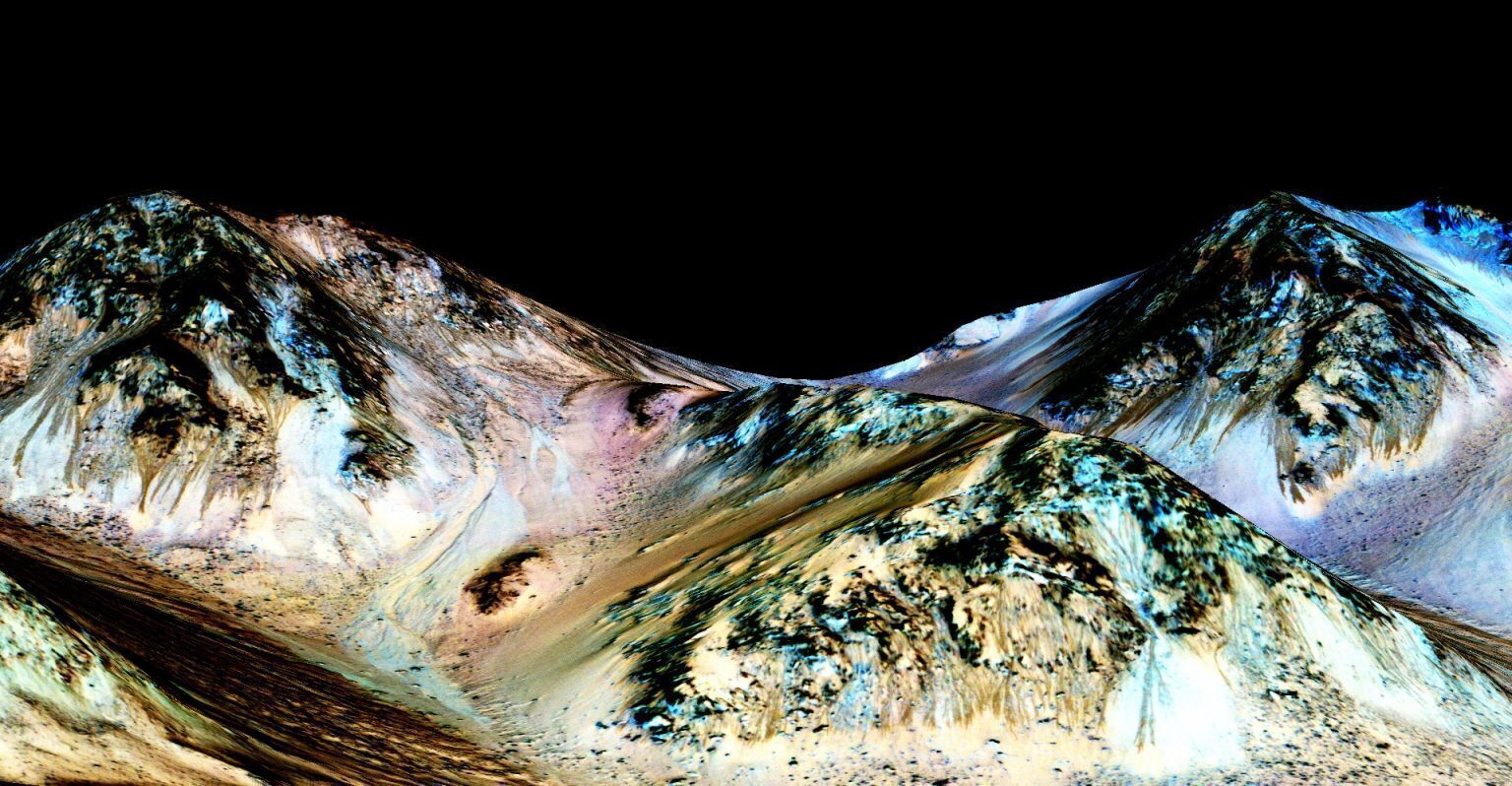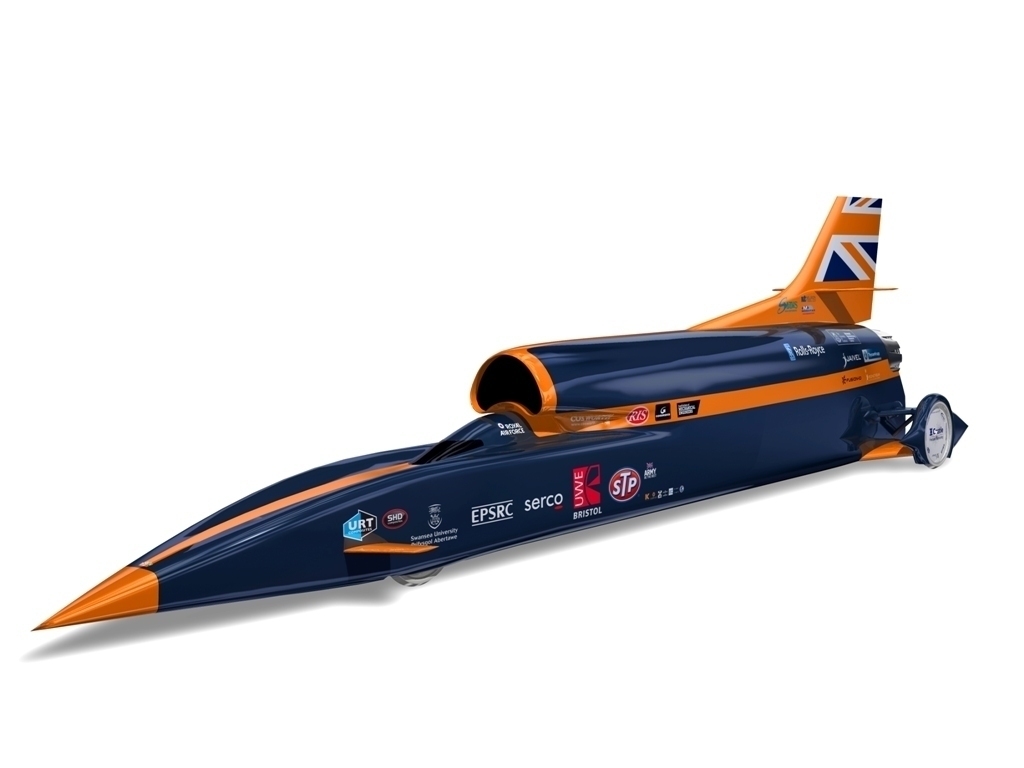The launch of Tesla’s long-awaited Model X electric car has received the sort of adulation that we’ve come to expect of new products from Apple. The Model X is a SUV with gull-wing doors – as made famous by the DeLorean from the film “Back to the Future” – giving it the appearance of a supercar, to go with its hefty pricetag. But filter out the hype, and the question is whether this will make the slightest difference to encouraging a broader shift away from fossil fuel-powered cars to electric vehicles. Let’s take a look at this question from the…
Author: The Conversation
The way children and young people use social media is often portrayed in the mainstream media via stereotypes in a way that inspires fear and concern. Adults are often portrayed as either ignorant of young people’s use of social media or skillful cyber-predators, while children are often perceived as experts or empty vessels: if they’re not empowered, then they’re exploited. Why do we tell these modern day horror stories? These stories often focus on potential harms without acknowledging the benefits that can emerge from the social relations enabled by technology. While it is important to recognise the very real dangers…
Breaking up is never easy, and while 20 years ago there may well have been little or no post break-up contact between exes, 21st century technology – from social media to Whatsapp – means there are many new ways to open old wounds. With so many communications channels with which to get hold of people, and with so much of our lives visible online through such things as Facebook, it’s easy to keep an eye on our exes once we’ve parted. A recent study found that “Facebook stalking” an ex-partner was found to hinder recovery after the end of the…
We invariably imagine electronic devices to be made from silicon chips, with which computers store and process information as binary digits (zeros and ones) represented by tiny electrical charges. But it need not be this way: among the alternatives to silicon are organic mediums such as DNA. DNA computing was first demonstrated in 1994 by Leonard Adleman who encoded and solved the travelling salesman problem, a maths problem to find the most efficient route for a salesman to take between hypothetical cities, entirely in DNA. Deoxyribonucleaic acid, DNA, can store vast amounts of information encoded as sequences of the molecules, known…
Like any long-distance relationship, our love affair with Mars has had its ups and downs. The planet’s red tint made it a distinctive – but ominous – nighttime presence to the ancients, who gazed at it with the naked eye. Later we got closer views through telescopes, but the planet still remained a mystery, ripe for speculation. A century ago, the American astronomer Percival Lowell mistakenly interpreted Martian surface features as canals that intelligent beings had built to distribute water across a dry world. This was just one example in a long history of imagining life on Mars, from H…
The computing cloud we have created supports much of our day-to-day office and leisure activity, from office email to online shopping and sharing holiday photos. Even health, social care and government functions are moving towards digital delivery over the internet. However, we should be wary that as we become more dependent on it, the cracks will show. The systems are often a patchwork of interconnected services provided by various companies and industry partnerships. A failure of one can lead to a failure in others. For example, Skype recently went down for almost an entire day, while Facebook was down for…
Salty streaks have been discovered on Mars, which could be a sign that salt water seeps to the surface in the summers. Scientists have previously observed dark streaks on the planet’s slopes which are thought to have resulted from seeps of water wetting surface dust. Evidence of salts left behind in these streaks as the water dried up are the best evidence for this yet. The discovery is important – not least as it raises the tantalising prospect of a viable habitat for microbial life on Mars. I have lost track of how many times water has been “discovered” on…
The tungsten lightbulb has served well over the century or so since it was introduced, but its days are numbered now with the arrival of LED lighting, which consume a tenth of the power of incandescent bulbs and have a lifespan 30 times longer. Potential uses of LEDs are not limited to illumination: smart lighting products are emerging that can offer various additional features, including linking your laptop or smartphone to the internet. Move over Wi-Fi, Li-Fi is here. Wireless communication with visible light is, in fact, not a new idea. Everyone knows about using smoke signals on a desert…
The dust has now settled on the latest product launch from Apple, which for many trumped headlines about refugees, poverty and the battles for the Republican nomination and leadership of the UK Labour Party. We have new iPads, iPhones and more. But how new are they really? Innovation is often characterised as being either “radical” or “incremental”. When it is radical, it sets new precedents and fundamentally changes the way we do things. From self-administered insulin to solar powered houses to driverless cars, radical innovation releases potential. Incremental innovation on the other hand builds upon what is already there in…


